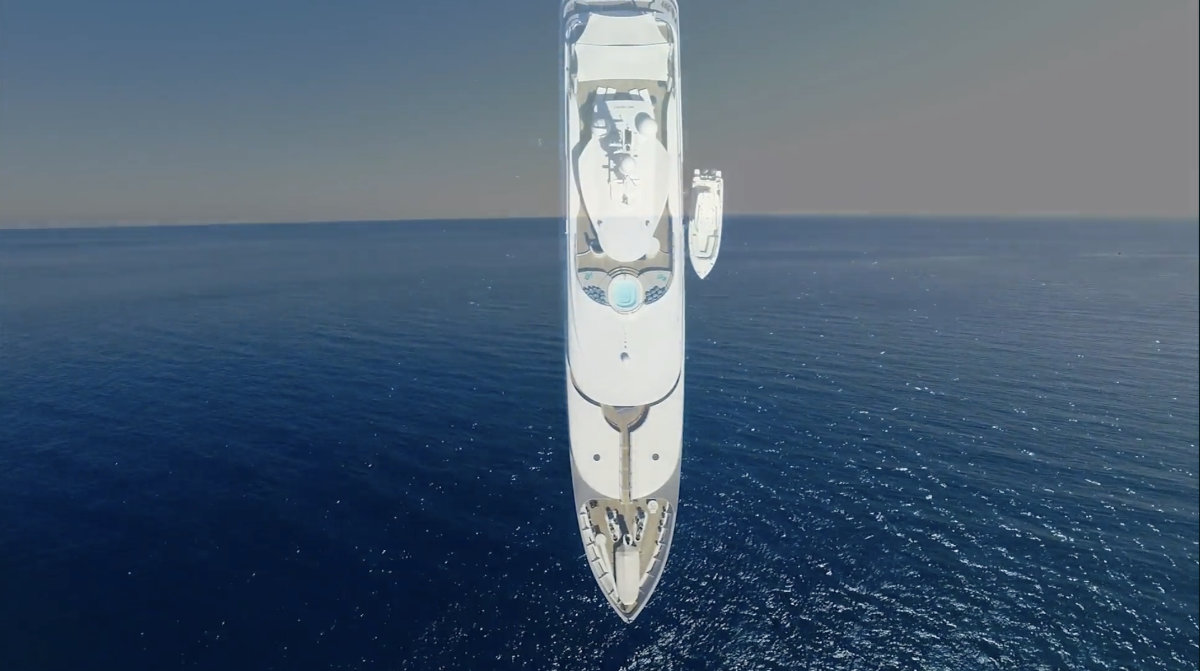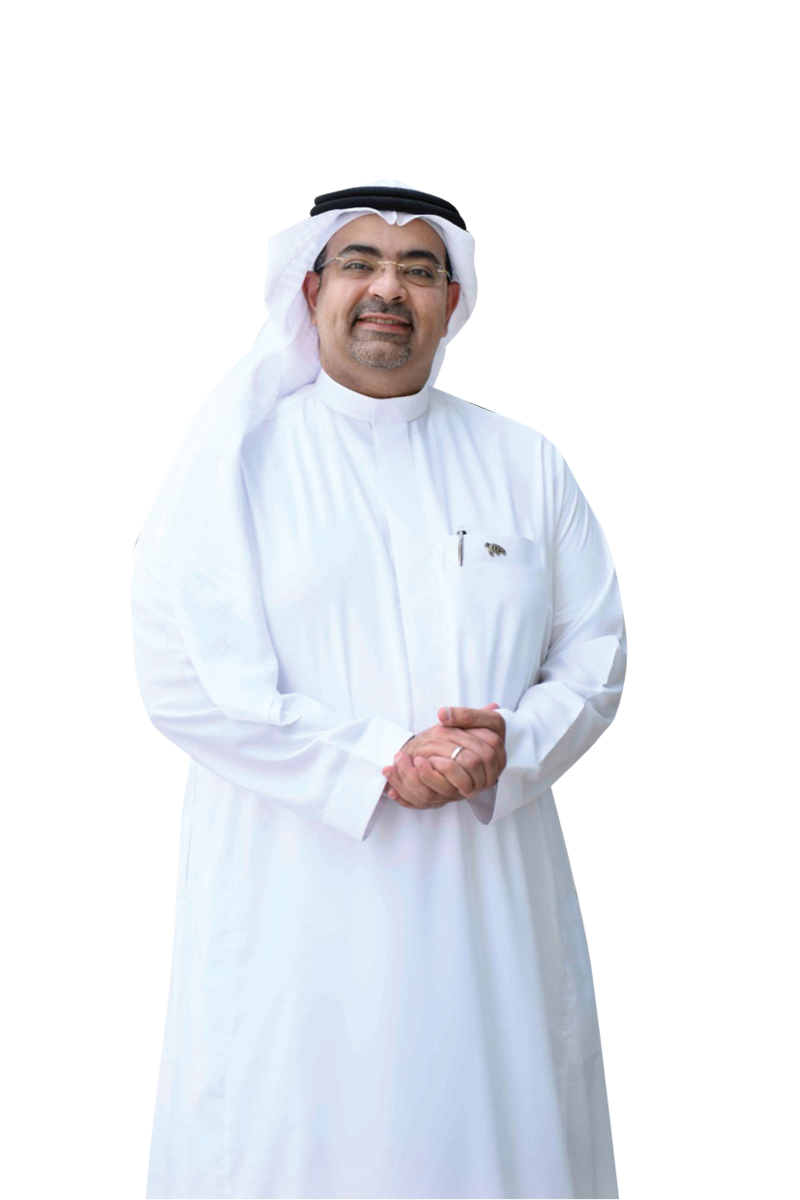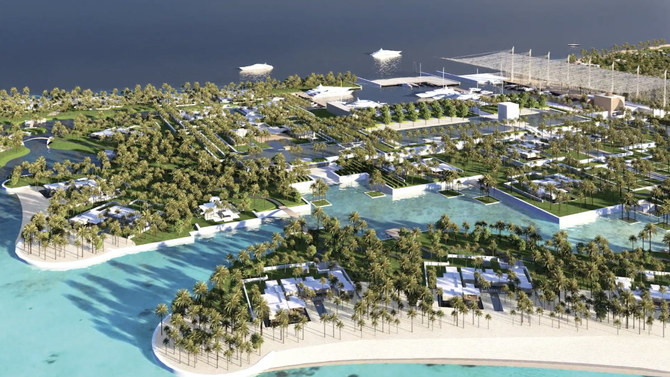DUBAI: In a bid to become a global wellness hub, AMAALA has merged under the aegis of The Red Sea Development Co. with tourism plans of its own.
“AMAALA is all about wellness, ultra-luxury hospitality and caters to a different segment than the rest of the development along the Red Sea,” Ahmed Ghazi Darwish, the chief administrative officer at TRSDC and AMAALA, told Arab News on the sidelines of the Arabian Travel Market. “We want to be the top wellness hub in the world.”
The first phase of the ambitious project will be complete by the end of 2024, which will include SR5 billion ($1.3 billion) worth of signed contracts. The luxury destination has also emphasized localization of the projects, with 78 percent of the contracts granted to Saudi contractors. The undertaking will develop nine resorts by the end of 2024.
Tech has been integrated in the plans, with an aim to make The Red Sea Project and AMAALA fully functioning smart cities.
“There is a huge scope for digital destinations for both Red Sea and AMAALA projects, both will absolutely be smart cities,” said Darwish. “We are working on getting sensors for the environment to monitor our impact and help us get the right data. At the same time, we will heavily rely on tech for a smoother customer journey.”
While TRSDC is responsible for developing both projects, AMAALA will focus on wellness. The sovereign wealth fund, PIF, wholly owns both mega-tourism projects.
Therapeutic strategy
The development holds a lot of promise in light of the 2021 Global Wellness Economy report, which has projected an annual growth rate of 21 per cent from 2020 to 2025. The report also highlighted that wellness travel is predicted to outpace all other sectors of the overall wellness economy.
“The topography of AMAALA is different from the rest of the Red Sea; there are mountains next to the sea and one island,” said Darwish.
“We are starting at base zero for tourism, so it’s a clean slate. We want to focus on the sustainability of regenerative tourism. Beyond green practices, we want to be a regenerative tourism hotspot and have a better impact on the place than when we started.”
The Red Sea Project aims to draw tourists and visitors worldwide. But to do that, certain conditions need to be met, including new social standards and flexible laws.

Boating by the Triple Bay's serene, blue waters is among the attractions being envisioned for the AMAALA wellness project. (Supplied)
The Red Sea Project
“We are working on special economic zones for these projects, on tourism regulations to allow these destinations to be successful,” said Darwish. “This is still in progress and we are trying to get that ready for the first phase of guests. We are working hand-in-hand with the government, tourism board, and several agencies.”
So far, AMAALA has 500 employees and plans for another 300 to come on board by the end of the year.
“The beauty of those projects, the most critical thing, is we are creating jobs, and not just in hospitality, but electricians, tour guides, ground handlers and more,” said Darwish.
Classroom in session
TRSDC also runs a program called the Elite Graduate Program that identifies talented youth and offers opportunities to learn on the job for both projects.
A total of 110 fresh graduates have successfully completed the program and will soon be yielding to the increasing demand from hiring managers and employers.
TRSDC partnered with the University of Prince Mugrin to offer 120 scholarships for students studying hospitality ahead of the imminent tourism boom in the Kingdom. The degree is accredited by the prestigious Ecole Hoteliere de Lausanne.

Ahmed Ghazi Darwish. (Supplied)
“It’s an outstanding program. We have set the bar high, and students are already representing us in conferences,” said Darwish. “Besides the bachelor’s degree, we offer vocational training on everything from electrical to ground handling at the airport.”
The company has also funded an Environmental Stewards program to spread awareness of green practices.
“Part of it is about improving the environment, nature and habitat. The rest is about improving the livelihood of people through better education and training,” he said. “We are providing jobs and creating awareness about the environment in the community.”

























